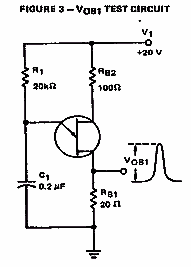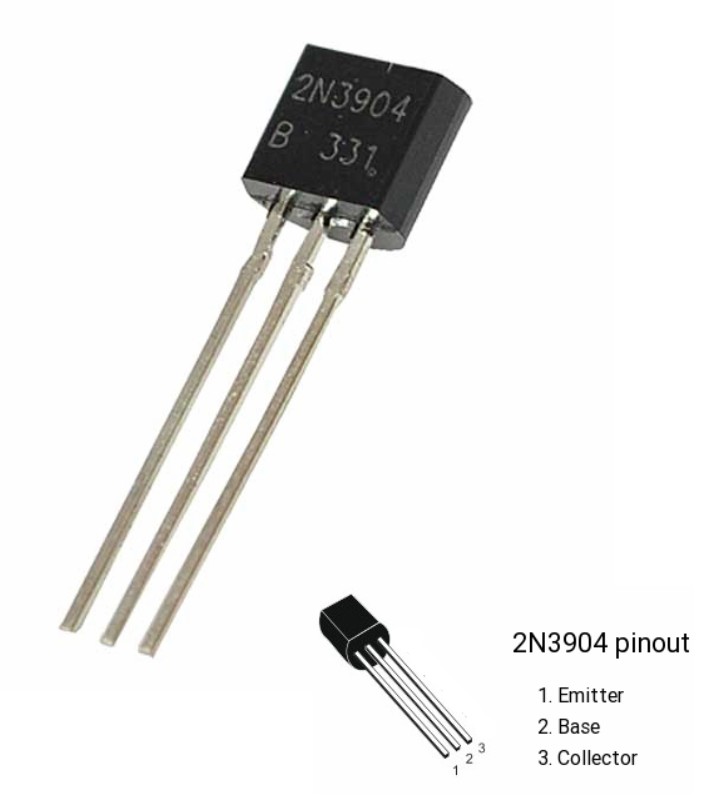
In the 2N3904 transistor, the collector to base voltage or VCB is 40V whereas, in the 2N3906 transistor, the VCB is 60V. Here, 2N3904 transistor is NPN type whereas 2N3906 is PNP type. The main difference between 2N3904 & 2N3906 is the type of transistor. This simple LED flashing circuit is used in different devices like doorbells, toys for generating siren sounds, or flashing lights. For this circuit, a 6V DC battery otherwise power supply is used to provide power supply to the circuit. The circuit is designed with a 2N3904 transistor although we can design this circuit by using an NPN transistor. So this flash rate can be adjusted by changing the 1KΩ resistor value within the above circuit.
#2n 3904 b331 driver
The transistor used in this circuit works like a driver that uses a flash rate from a self-flashing LED. This LED flasher circuit uses a single transistor to flash a bright LED. This is an NPN transistor thus both the terminals like the emitter & the collector are reverse biased once the base pin of this transistor is connected to GND, Similarly, once a signal is given to the base pin of this transistor, then it is connected in forwarding bias. This circuit mainly uses the basic components which are mentioned above. This simple LED flasher circuit is a very simple circuit and easy to design that offers a visual cue in flashing LED form. This circuit can be built with basic components like breadboard-, connecting wires, battery-9V, capacitor, LED 5mm, LED flasher, resistors like 1k, 10k & 4.7K. LED flasher circuit using 2N3904 transistor is shown below. LED Flasher Circuit with 2N3904 NPN Transistor Once the base current is detached then the transistor will be turned off, so this phase is known as the cut-off region & the VBE could be approximately 600 mV. Voltage from the base terminal to the emitter (VBE) is 6V.


Today, some transistors are packaged individually, but many more are found embedded in integrated circuits.The 2N3904 is a common NPN BJT used in the applications of general-purpose switching or low-power amplifying applications.

Because the controlled (output) power can be higher than the controlling (input) power, a transistor can amplify a signal. A voltage or current applied to one pair of the transistor's terminals controls the current through another pair of terminals. It is composed of semiconductor material usually with at least three terminals for connection to an external circuit. 2N3904 is a semiconductor device used to amplify or switch electronic signals and electrical power.


 0 kommentar(er)
0 kommentar(er)
